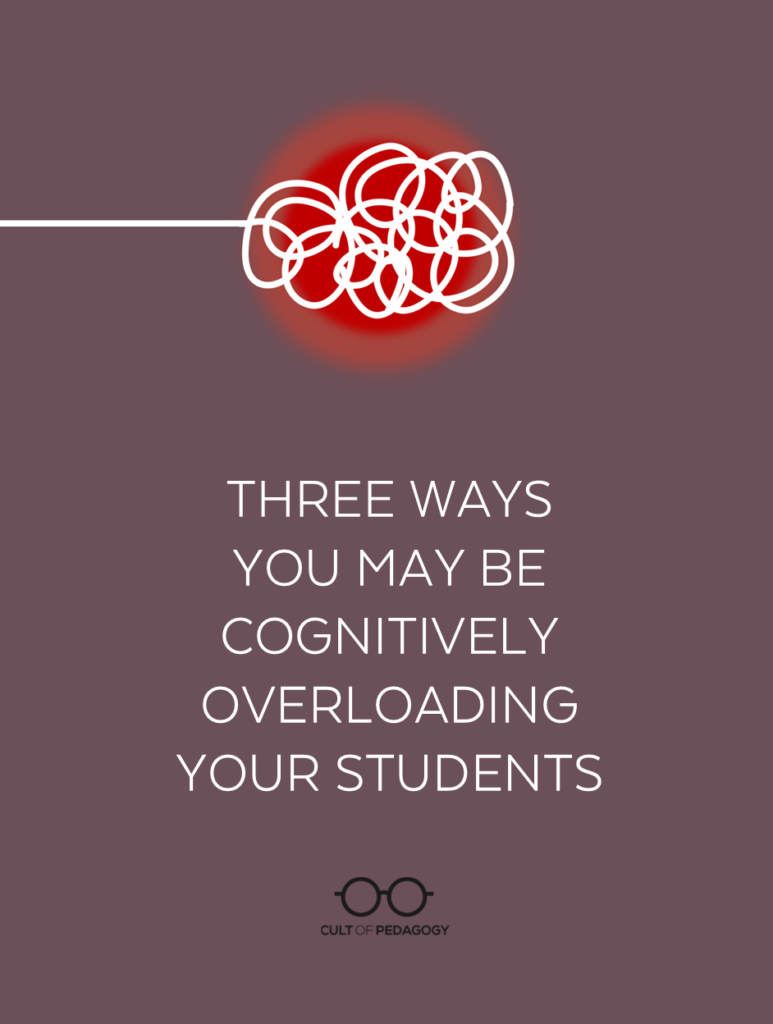In a crazy year, an "unprecedented year", I made a leap. The school year is all wrapped up here in TN and have just finished by first year teaching at the high school level. For me, it has been a...
In a crazy year, an "unprecedented year", I made a leap. The school year is all wrapped up here in TN and have just finished by first year teaching at the high school level.
For me, it has been a great experience. If you are considering changing levels, especially younger to older, do not hesitate that you have the skills. Sure there are things I miss about the younger kiddos, but so much to love at this level!
Modifying vs. Starting Over
I embrace teaching in "big ideas", because it helps break down the message to it's absolute. After seeing an NAEA presentation by art teacher, Janet Taylor, I modeled all my big ideas after her format of artistic behaviors.
So when I thought about where to start and how to scaffold it, I included two main frameworks. Elements and Principles and artistic behaviors and choices written as big ideas.
To give you an example, the first lesson I used was a simple About Me, social media feed drawings on a pre-formatted paper. (provided by Art of Ed) The big idea used for this assignment is- Artists are storytellers.
By keeping the big idea broad, there is room for discussion on all the types of artists and media through which stories are told. The big idea helps to give purpose the objective(s).
Keeping the content simple is something I found myself bringing up from my elementary background again and again. When the students are older, they can do more and add more to a simple idea. Keeping my main idea simple also allows for an easy access point to the objectives. This allows students of all levels to be successful. Advanced students can develop their work in a more advanced direction, while beginner students can feel successful in the entry.
There are several lessons which I have done with elementary students or have gotten from elementary teachers, which I adapted up to HS. I think the strengths of a great elementary lesson, which has open ended choice built in, can be brought up very successfully to HS. Would I use a guided drawing for a teacher led lesson for HS? Not me. But I turned again and again to Don Masse's (Shine Brite Zamorano) elementary lessons for inspiration. And I found inspiration from many middle school teachers as well. When looking for inspiration, I found a lesson with the elements or principles I wanted to focus on and thought about how this could be an entry point with choices for varying skill levels.
These student work examples are all from a lesson using line and geometric shape to create abstracted faces. Students looked to several artists for inspiration. Students were given the option to create their own or use teacher created step by step directions to get started. Direct copying was discouraged, but using elements of these artists was a good way to start.
The more I moved through the year, the more I realized how important it was to give choices, opportunities to deviate. I chose not to run a full TAB art room and I'd like to work up to even further choice, but this is a good starting place. Give students the opportunity to connect with the concept and various ideas on how to apply the element(s). The variety and quality is amazing. I found most of my students created high quality work given this freedom.
HS Art 1: I focus on Elements of Art first then Principles.
Within a lesson I will,
introduce the elementshow examples of artists and art where this element is a focuslove Visual Thinking Strategies for this!plan for student work to follow several possible paths. Using the "big idea" or the objectives is an excellent way to share the big picture goal with your students! some students thrive with total freedom, but a lot of students need at least a suggestion on where and how to start. provide a more structured lesson for those reluctant artists. progress checks- be present for the work in progress. speak with small groups when needed. Repeat your goals and the objectives required every class period. It can be helpful to give students short term goals each day. Ie. yesterday you drew in pencil, today your goal is to do all the sharpie."critiques" at this level can start with just showing the work for appreciations. My students photograph their work for their digital portfolio and also add to a class slideshow that we can use for viewing or for a critiqueI use google slides. We use the comment feature for critiques. Students follow the 'glow and grow' method of responding to an artwork using the objectives as basis of their responses. Model some responses to get your students started!
above: Art 2 classes work with the theme "The Jump", after a figure drawing unit on whole body proportion.
below: Art 1 student agamagraphs, which challenged students to use two opposing ideas as the subject matter for their works. This was one of our most open ended in terms of subject matter and materials.
I'll be following up with more photos and short descriptions of lessons or themes I'm using and keeping you updated on my journey into a studio based art room with you all! I'll be working in my classroom next week to get set up. This Summer has flown by!
Thanks for reading! follow me on IG for the most current look into my world :) @emily_art_teacher_smile. Should I start Tik Tok? ?














